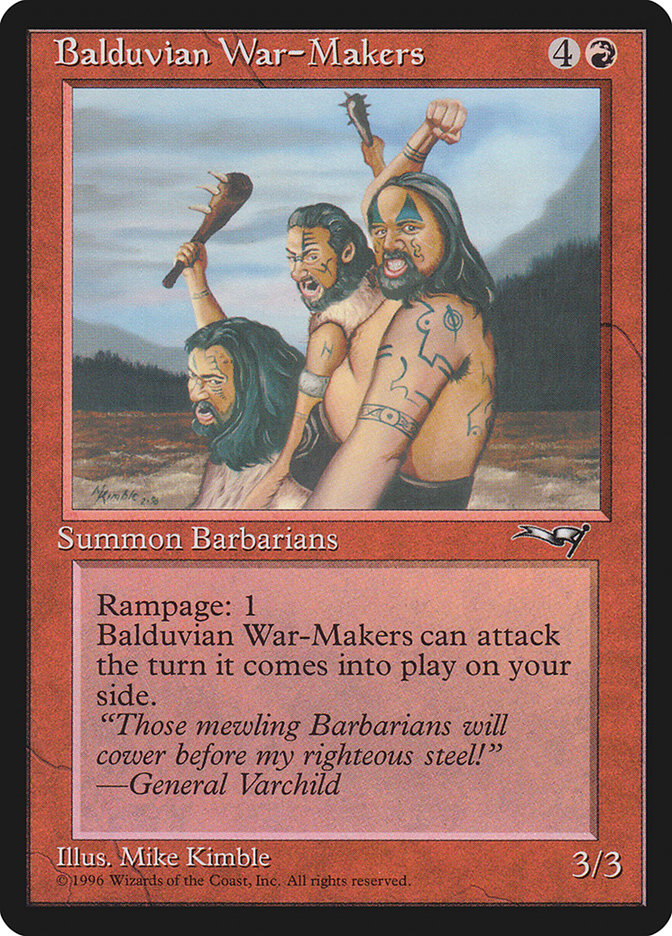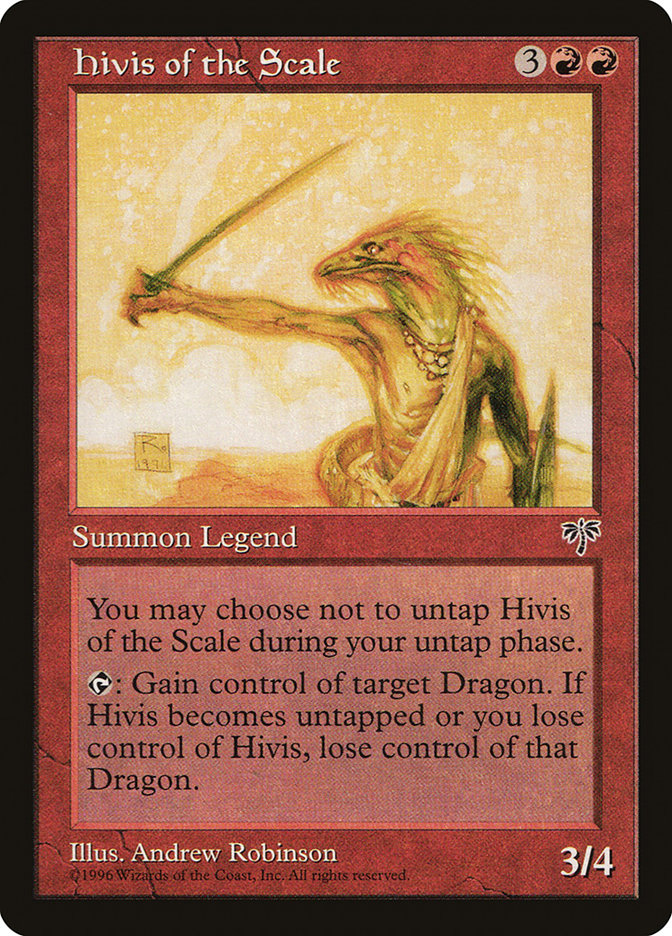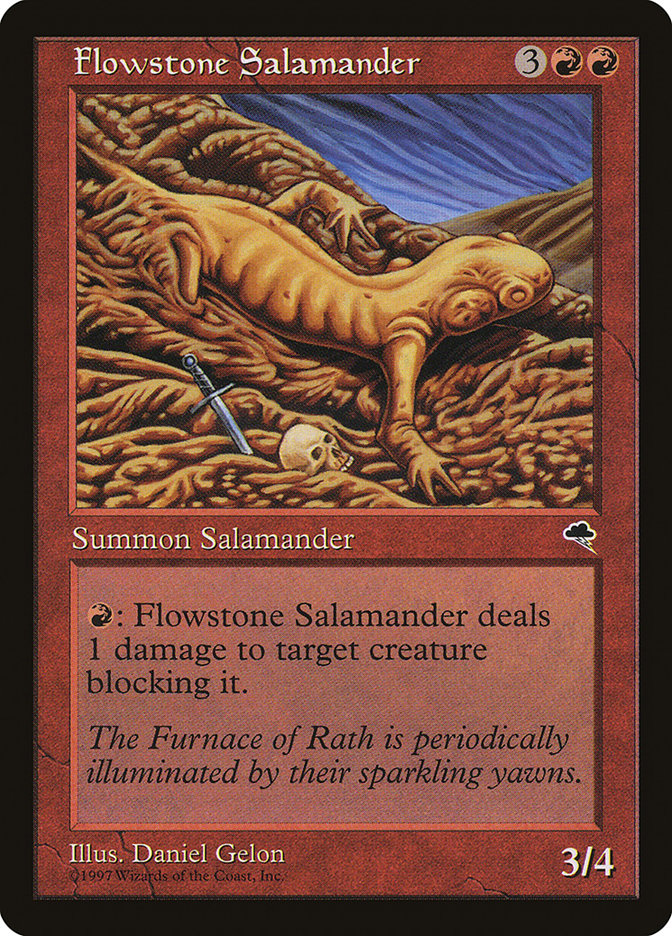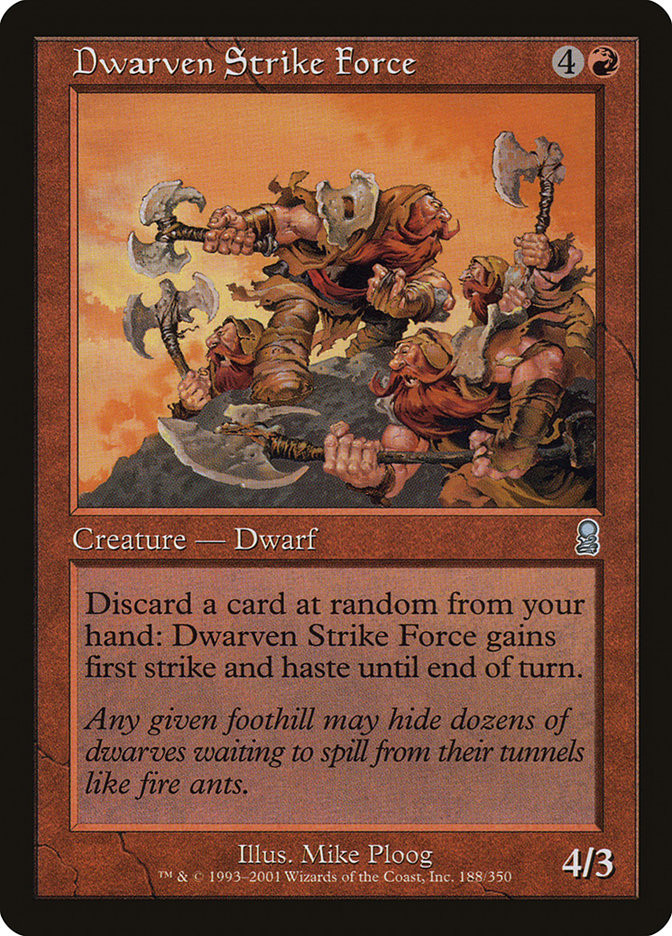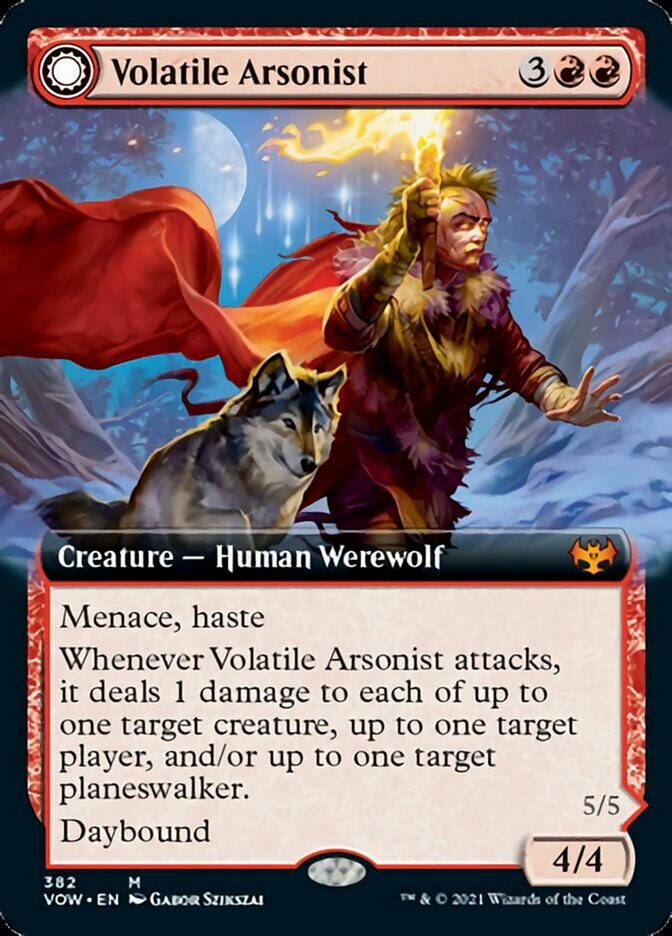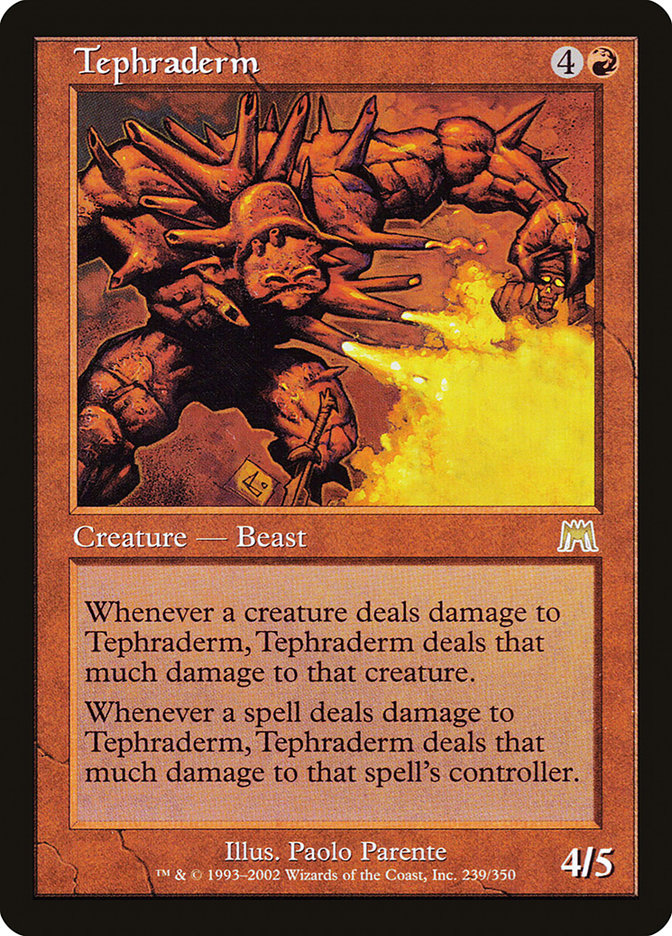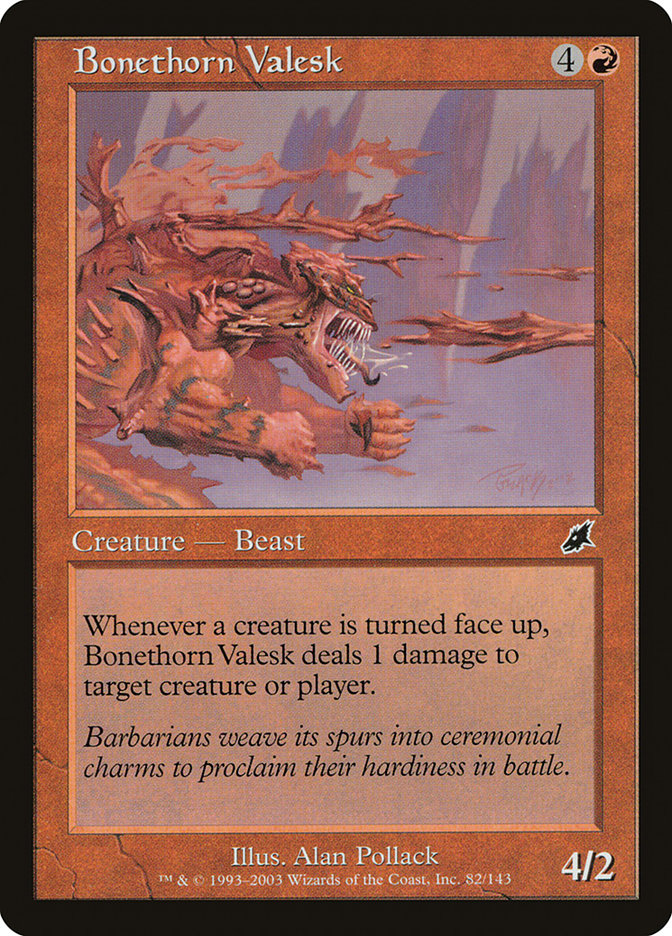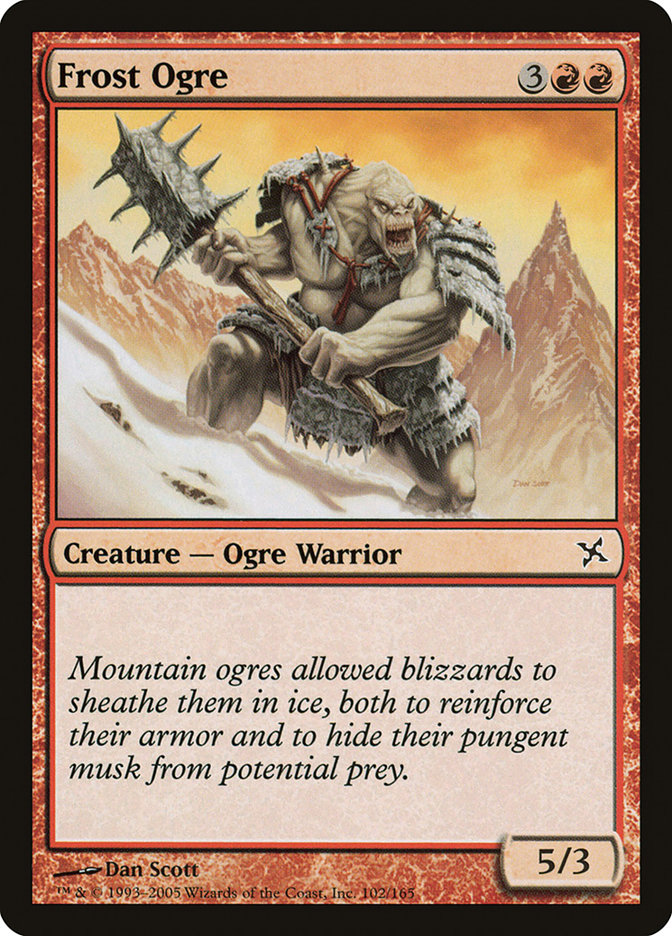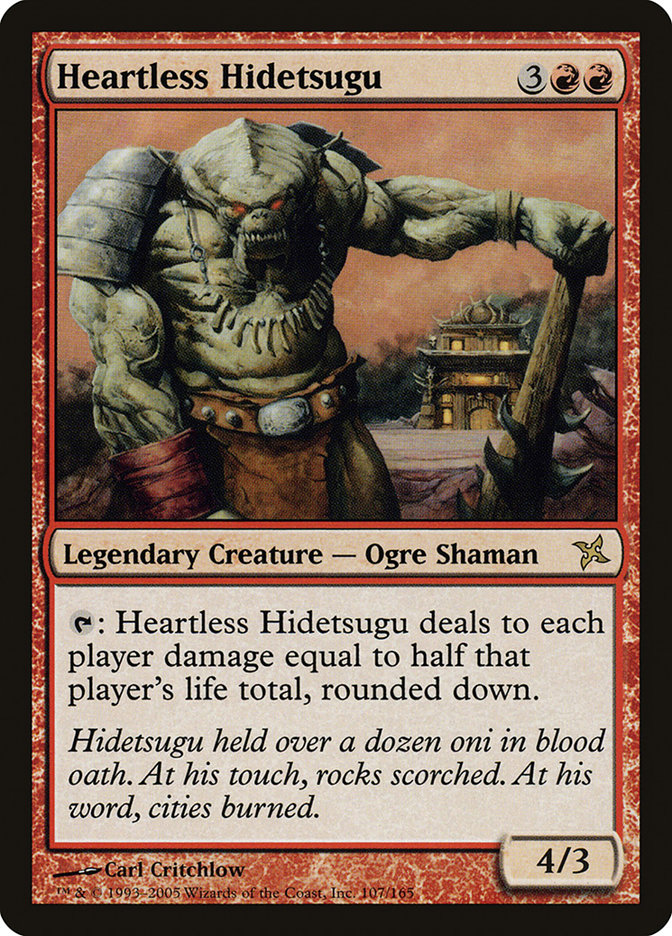Quakebringer MTG Card
| Card sets | Released in 6 setsSee all |
| Mana cost | |
| Converted mana cost | 5 |
| Rarity | Mythic |
| Type | Creature — Giant Berserker |
| Abilities | Foretell |
| Power | 5 |
| Toughness | 4 |
Text of card
Your opponents can't gain life. At the beginning of your upkeep, Quakebringer deals 2 damage to each opponent. This ability triggers only if Quakebringer is on the battlefield or if Quakebringer is in your graveyard and you control a Giant. Foretell
Cards like Quakebringer
Quakebringer ushers in a new shift in the roster of formidable creatures in MTG. This forceful giant fits snugly within the realm of damage-dealing creatures like Inferno Titan, which similarly disperses damage across multiple targets. However, Quakebringer comes with a persistent effect that can consistently affect the opponent’s life total, even from the graveyard, given that you control a giant.
When weighed against Torbran, Thane of Red Fell, Quakebringer offers a different strategic advantage. While Torbran amplifies damage dealt to opponents, Quakebringer ensures a steady stream of damage. In some aspects, it might be compared to the evasive and dynamic Embercleave. Though Embercleave doesn’t deal direct damage, it boosts a creature’s power, potentially resulting in a higher damage output. Yet, Quakebringer’s uniqueness lies in its consistency and independence from the combat phase.
Adopting Quakebringer into a deck means valuing persistent damage and graveyard synergy over instant impact. Its continuous effect can be a game-changer, placing it into a niche of reliable and steady threats within MTG’s diverse lineup of creatures.
Cards similar to Quakebringer by color, type and mana cost
Decks using this card
MTG decks using Quakebringer. Dig deeper into the strategy of decks, sideboard cards, list ideas and export to play in ARENA or MOL.
| # | Name | Format | Archetype | Event |
|---|---|---|---|---|
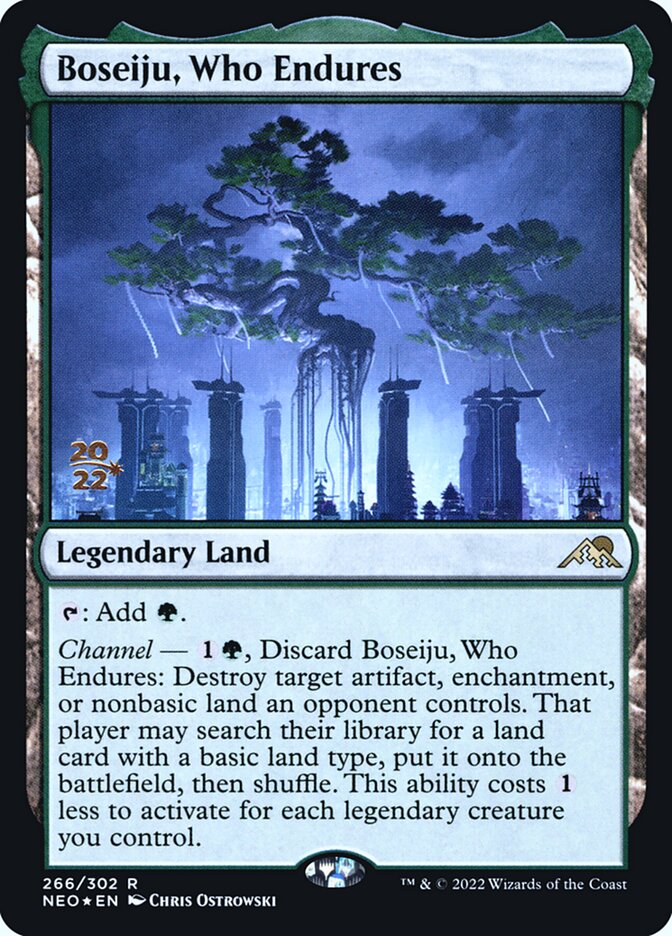 | Gruul Aggro | Pioneer | Gruul Aggro | Pioneer Challenge 32 2024-05-10 |
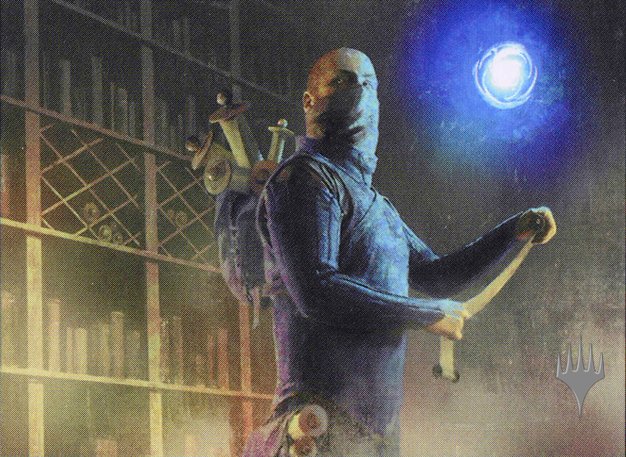 | 4c Enigmatic Fires | Pioneer | 4c Enigmatic Fires | Pioneer Challenge 32 2024-04-15 |
 | 5c Midrange | Pioneer | 5c Midrange | Pioneer Challenge 32 2024-04-12 |
 | 5c Enigmatic Fires | Pioneer | 5c Enigmatic Fires | Pioneer Preliminary 2024-01-11 |
Card Pros
Card Advantage: Quakebringer features an ability that inflicts direct damage to opponents, potentially eliminating their creatures and tipping the scale in your favor without losing cards from your own hand.
Resource Acceleration: Its synergy with Giants or spells that care about Giants can speed up your gameplay, as it continues to deal damage even from the graveyard provided you have a Giant on the battlefield, thereby accelerating the pressure you put on the opponent each turn without investing additional resources.
Instant Speed: While Quakebringer itself doesn’t operate at instant speed, it supports an MTG strategy that includes instant speed interactions. Being a formidable threat even when it’s in the graveyard, it allows you to play instants while maintaining a steady damage output, which aligns well with a deck that’s designed to keep mana open and interact on the opponent’s turn.
Card Cons
Discard Requirement: Quakebringer demands that you have a giant creature or a giant card in your graveyard to leverage its passive ability. In instances where you are unable to satisfy this condition, particularly in the early game or in decks without a sufficient giant theme, you fail to exploit Quakebringer’s full potential.
Specific Mana Cost: A challenge with Quakebringer is its specific mana cost, requiring two red mana. This makes it less flexible in multicolored decks that may not consistently have the needed red mana sources available, potentially leading to delays in playing the card on curve.
Comparatively High Mana Cost: With a casting cost of four mana, Quakebringer’s impact on the game might not align with its casting cost, especially when compared to other four-mana creatures in the meta that might provide immediate board presence or impact. This can put you at a disadvantage in faster-paced games where efficiency is paramount.
Reasons to Include Quakebringer in Your Collection
Versatility: Quakebringer provides a robust option for decks that have a strong focus on dealing damage, whether you’re running a Gruul aggro or a mid-range deck. Its ability to persist from the graveyard ensures it remains a continuous threat.
Combo Potential: This card synergizes well with decks that capitalize on Giants or spells that deal damage. It can be a key part of combos that amplify its damage dealing ability, ramping up the pressure on your opponent.
Meta-Relevance: Quakebringer fits nicely into the current meta that favors creature-based strategies. The card is capable of bypassing defenses like life gain, targeting opponents even if they’ve fortified their position, making it a tactical addition to your arsenal.
How to beat
Quakebringer is a powerful force in MTG, known for its ability to consistently deal damage to opponents. This creature card makes an impact on the game with its direct damage output, posing a significant threat if left unchecked on the battlefield. To effectively counter Quakebringer, one strategy is to employ removal spells that can target it directly. Cards like Path to Exile or Murderous Rider work efficiently to remove Quakebringer from play. Additionally, graveyard hate cards like Relic of Progenitus or Tormod’s Crypt can inhibit Quakebringer’s ability while in the graveyard, preventing its persistent damage effect.
Closely managing your life total is also key when facing this card. Cards that offer life gain can provide a buffer against the consistent damage Quakebringer deals. Therefore, including life gain strategies in your deck might prove crucial for sustaining during the late game. One other tactic is to control the game’s pace through counterspells or permission spells to prevent Quakebringer from ever hitting the board. With careful planning and the right spells, you can navigate around the seismic power of Quakebringer and secure your victory in MTG.
BurnMana Recommendations
Enhancing your MTG prowess means integrating cards that deliver persistent damage and thrive under strategic play, like Quakebringer. Its ability to chip away at your opponent’s life total, even from beyond the battlefield, demands attention and can shape the tide of battle. Consider decks that would benefit from its graveyard synergies, specifically those incorporating Giants to optimize its damage-dealing potential. For players seeking to sculpt a build that leverages continuous pressure and has a flair for the dramatic, mastering Quakebringer could be key. Join us to delve deeper into effective strategies and turn Quakebringer into one of your deck’s cornerstones.
Where to buy
If you're looking to purchase Quakebringer MTG card by a specific set like Magic Online Promos and Kaldheim, there are several reliable options to consider. One of the primary sources is your local game store, where you can often find booster packs, individual cards, and preconstructed decks from current and some past sets. They often offer the added benefit of a community where you can trade with other players.
For a broader inventory, particularly of older sets, online marketplaces like TCGPlayer, Card Kingdom and Card Market offer extensive selections and allow you to search for cards from specific sets. Larger e-commerce platforms like eBay and Amazon also have listings from various sellers, which can be a good place to look for sealed product and rare finds.
Additionally, Magic’s official site often has a store locator and retailer lists for finding Wizards of the Coast licensed products. Remember to check for authenticity and the condition of the cards when purchasing, especially from individual sellers on larger marketplaces.
Below is a list of some store websites where you can buy the Quakebringer and other MTG cards:
 BUY NOW
BUY NOW BurnMana is an official partner of TCGPlayer
- eBay
- Card Kingdom
- Card Market
- Star City Games
- CoolStuffInc
- MTG Mint Card
- Hareruya
- Troll and Toad
- ABU Games
- Card Hoarder Magic Online
- MTGO Traders Magic Online
See MTG Products
Printings
The Quakebringer Magic the Gathering card was released in 4 different sets between 2021-02-05 and 2021-02-06. Illustrated by 2 different artists.
| # | Released | Name | Code | Symbol | Number | Frame | Layout | Border | Artist |
|---|---|---|---|---|---|---|---|---|---|
| 1 | Magic Online Promos | PRM | 88300 | 2015 | Normal | Black | Randy Vargas | ||
| 2 | 2021-02-05 | Kaldheim | KHM | 145 | 2015 | Normal | Black | Lucas Graciano | |
| 3 | 2021-02-05 | Kaldheim | KHM | 297 | 2015 | Normal | Borderless | Randy Vargas | |
| 4 | Kaldheim Art Series | AKHM | 37 | 2015 | Art series | Borderless | Lucas Graciano | ||
| 5 | 2021-02-06 | Kaldheim Promos | PKHM | 145s | 2015 | Normal | Black | Lucas Graciano | |
| 6 | 2021-02-06 | Kaldheim Promos | PKHM | 145p | 2015 | Normal | Black | Lucas Graciano |
Legalities
Magic the Gathering formats where Quakebringer has restrictions
| Format | Legality |
|---|---|
| Commander | Legal |
| Historic | Legal |
| Legacy | Legal |
| Modern | Legal |
| Oathbreaker | Legal |
| Vintage | Legal |
| Duel | Legal |
| Explorer | Legal |
| Gladiator | Legal |
| Brawl | Legal |
| Pioneer | Legal |
| Timeless | Legal |
Rules and information
The reference guide for Magic: The Gathering Quakebringer card rulings provides official rulings, any errata issued, as well as a record of all the functional modifications that have occurred.
| Date | Text |
|---|---|
| 2021-02-05 | Because exiling a card with foretell from your hand is a special action, you can do so any time you have priority during your turn, including in response to spells and abilities. Once you announce you’re taking the action, no other player can respond by trying to remove the card from your hand. |
| 2021-02-05 | Casting a foretold card from exile follows the timing rules for that card. If you foretell an instant card, you can cast it as soon as the next player’s turn. In most cases, if you foretell a card that isn’t an instant (or doesn’t have flash), you’ll have to wait until your next turn to cast it. |
| 2021-02-05 | If Quakebringer is on the battlefield at the beginning of your upkeep, its ability will trigger even if it’s no longer a Giant and you don’t control another Giant. |
| 2021-02-05 | If you’re casting a foretold card from exile for its foretell cost, you can’t choose to cast it for any other alternative costs. You can, however, pay additional costs, such as kicker costs. If the card has any mandatory additional costs, those must be paid to cast the spell. |
| 2021-02-05 | Quakebringer entering the battlefield won’t undo any life gained earlier in the turn. |












